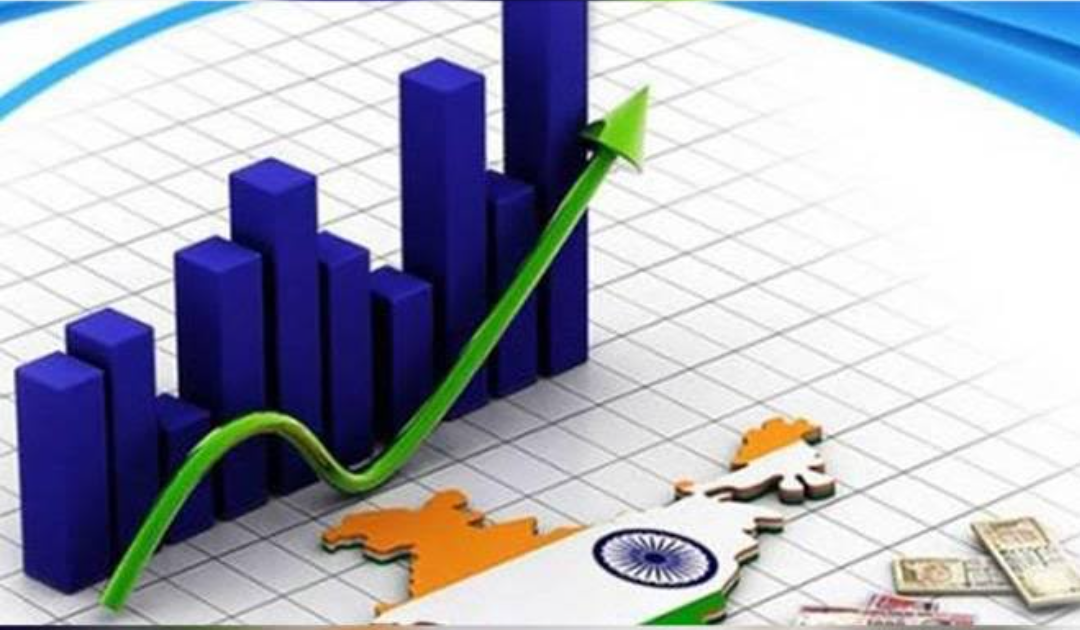Indian economy growth is thinking beyond itself, and it sees India becoming a middle-income country. It states that India is currently one of the most dynamic and fast-developing emerging economies. It further says that India has gone through profound structural changes in the last decade and a half and that these changes have not been uniformly distributed across the Indian population. The report also says that India’s economic growth will depend heavily on its government’s policies, the management strategies of its various private and public sector institutions, and the domestic and foreign policies pursued by its private and public sector lenders and borrowers.
The economic analysts believe that this year’s growth would be around 5% at the lowest, and they are expecting it to be slightly higher in the second and third quarters. If the analysts are right about this, it would mean an encouraging start for the Indian economy. The main reason behind this increase in economic activity is, more companies from abroad are investing in India. The primary reasons behind this are the low cost of labor, better quality infrastructure, and better administrative standards in India. The government’s policies, which are bringing this about, with the liberalization policies adopted by the Indian government.
Apart from this, other factors have helped the Indian economy grow by leaps and bounds, and one such factor is the liberalization policies adopted by the Indian government. Foreign direct investment (FDI) is another important element contributing to improving the economic growth rate. Foreign investors prefer to invest in countries with easy and transparent rules for business, good quality infrastructure, a stable and predictable tax structure, competitive markets, a robust legal system, and a favorable policy for foreign ownership of commercial plots and land. They also prefer to invest in a country where they can get reasonable returns. A majority of such investors are from Europe, the USA, and Japan and form a substantial chunk of India’s overall foreign investment.
Read also DISCOUNTS ON DOMESTIC GOLD PRICES RISES AS BIG PURCHASES DECLINE
Various sectors of the economy in India.

Manufacturing – Indian manufactures the world’s best electronics and automobiles, which are exported worldwide. The market for these products is enormous as far as the consumers are concerned. Growth in this sector has been a significant force behind the Indian economic growth. Many small-scale and big manufacturers are also coming together to make their products available to the Indian consumer market.
Retail trade – The retail trade encompasses a large chunk of the Indian economy as it is the core sector that contributes to the overall growth of the Indian economy. Consumers buy the same things over again from different retailers, which is the backbone of the Indian economy. If you look at the retail trade closely, you will see that it is being segmented into many segments such as wholesale, value-added, and even local retail. These segments are also being segmented depending on the location of the store.
Direct labor – The direct labor market is another crucial factor that has affected the overall economy. The consumers of Indian goods also have an indirect route to get their hands on Indian goods. There are many small-scale units, which help the consumers get access to the Indian goods directly. The indirect way gets closed when there is a high level of competition among retailers. The competition leads to a reduction in the price and leads to an increase in quality, and helps the consumers save a lot of money. The government is taking various measures to reduce the impact of competition on the economy’s retail sector.
Consumers are spending on the Internet for shopping
The indirect impact will be felt through the employment rate of the people. When more people start working online, more jobs will be created. With the direct and indirect effects, it can be seen that the indirect impact of the Internet is reducing the Indian economy growth rate. Indirect consumer spending also leads to a reduction in the employment rate. In such a scenario, the economic growth of the country gets affected directly.

